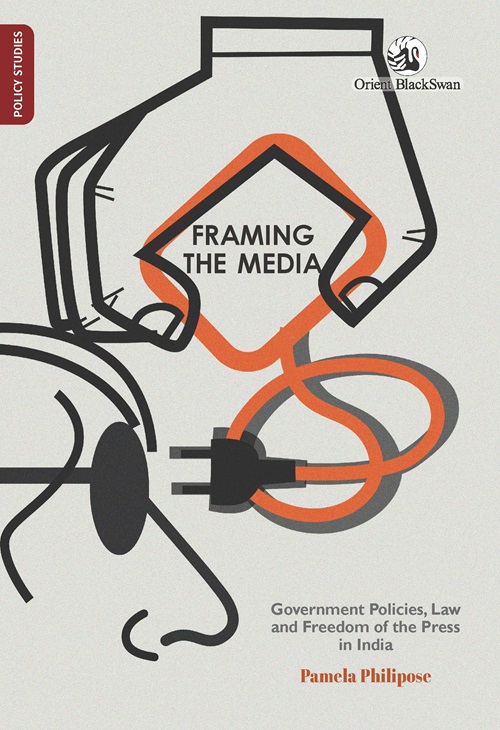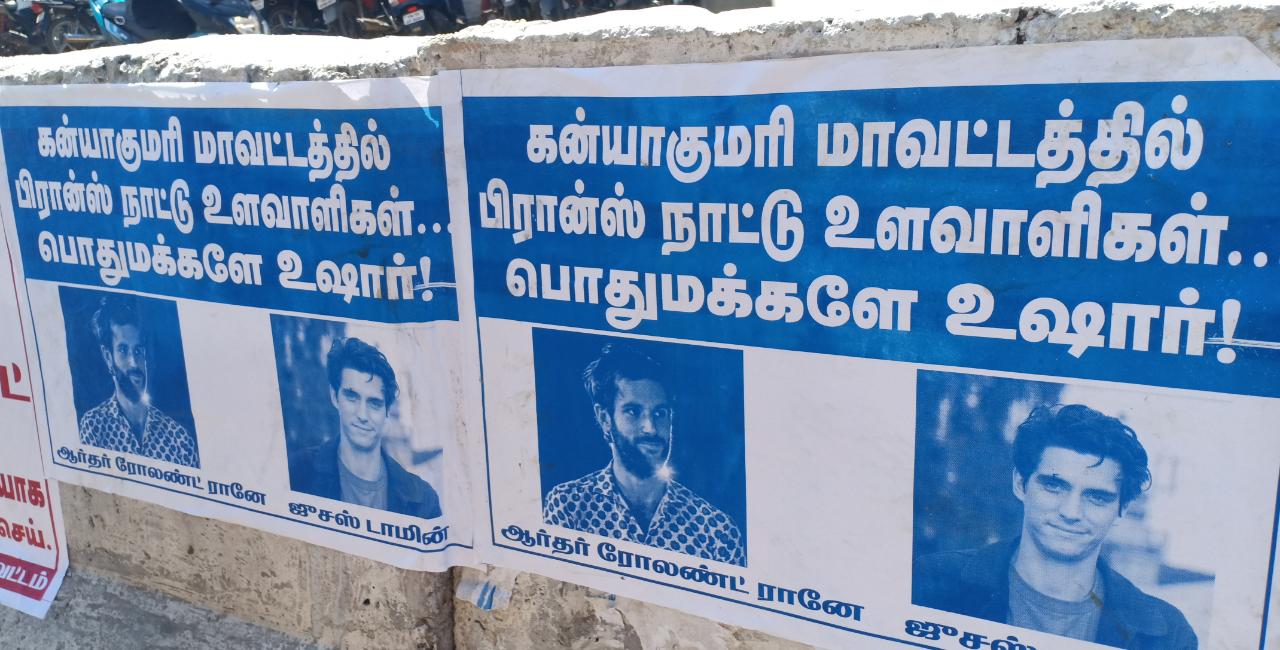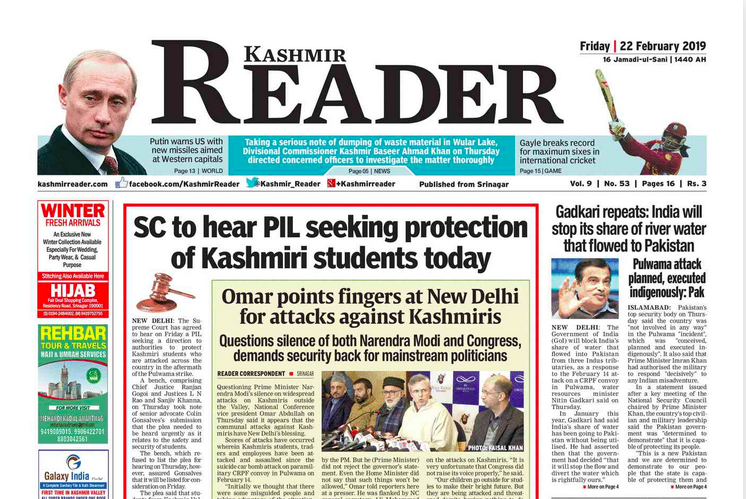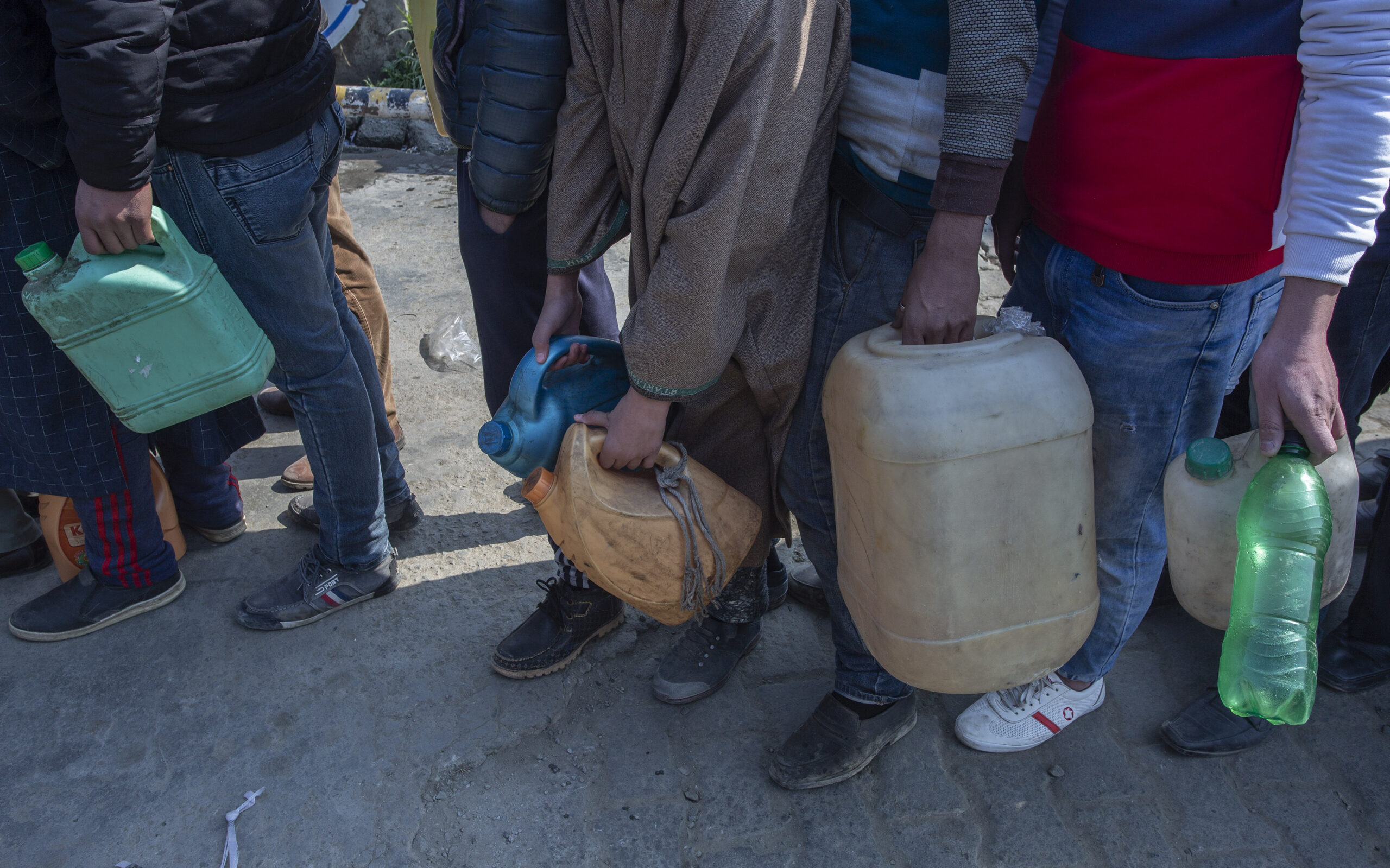The Emergency’s methodologies of control that continue to haunt the media today
Framing the Media: Government Policies, Law and Freedom of the Press in India* by Pamela Philipose**
Two excerpts, with permission, for the Free Speech Collective

Image Credit: https://orientblackswan.com/details?id=9789354427893
From the Preface
……as I walked into the main hall that accommodated its editorial operations, there was an unusual, even uneasy, silence in the air as people went about their tasks with eyes cast down. The hustle and bustle that I had come to associate with that cavernous newsroom was for some reason missing. I asked a colleague what was happening. She replied in hushed tones, ‘Emergency has been declared.’
Emergency, what’s that? Nothing I had learnt in journalism school had prepared me for it. It was the morning of 26 June 1975.
Did the 21 months of the Emergency impart in newspaper editors and workers of the country an understanding of the sometimes-abstruse-sometimes-concrete value of freedom of speech inherent in the constitutional guarantee of Article 19(1)(a)? Did they come to realise how easily, like some inestimably priceless perfume, its essence can evaporate should its container get smashed under the weight of an authoritarian State? It seemed like that was the case: a roaring sea of people emerged on the streets as the results of the 1977 general election were put out on display boards that came up outside newspaper offices. As noted journalist B. G. Verghese, speaking for all the journalists in the country, put it: ‘If India won Independence in 1947, it won freedom in 1977.’
The expectation was that Indian journalists, having experienced the Emergency, would never forget what it meant to be unfree. Looking back on that moment of hope in the year 2025, it would appear almost delusional. Not only was the constitutional guarantee of free speech trampled upon, time and again, in the years that followed, a large proportion of the journalistic community allowed itself to betray the basic principles of their profession.
From Chapter 2, ‘A Struggle Without End for a Free Press’, pp. 60–64 (570 words)
[…] Just a year before the proclamation of the Emergency, the Supreme Court had recognised the right to dissent and observed, ‘Peaceful protests and the voicing of a contrary opinion are powerful, wholesome weapons in the democratic repertoire.’ That, however, did not dissuade Prime Minister Indira Gandhi from declaring—on 26 June 1975—the Emergency.
The proclamation was accompanied by widespread arrests of […] political leaders across the country under the Maintenance of Internal Security Act (MISA), 1971. A Censorship Order was also issued under the Defence of India Rules, 1971, on the same day, which laid down that no news, comment, rumour or report relating to any action taken under certain provisions of either the Defence of India Rules or MISA could be published unless it was previously submitted to the appointed censor (‘authorised officer’). This was accompanied by executive guidelines, among which was the line: ‘Nothing is to be published that is likely to convey the impression of a protest or disapproval of a governmental measure.’
In the initial days there was some semblance of opposition, […] but these came to be very rare and, in time, given the threats issued by officialdom, most publications fell in line, with even the occasional satirical cartoon falling out of view, as also the popular Shankar’s Weekly. […] Those newspapers that did not toe the government line were made to face consequences. A proposal was made to the proprietor of The Indian Express (IE), R. P. Goenka, that he sell his newspaper chain to the Congress or its nominees. When Goenka refused, ‘the government decided to use strong-arm tactics’ (Kapoor 2015: 155) […] :
On August 18, 1976, a drastic individual precensorship order was specifically imposed on the Indian Express. The IE challenged this action in the State High Court of Bombay. After a few days the precensorship order was unconditionally withdrawn.… Next month the electric supply to its press in Delhi was cut off for alleged arrears of electricity due…. A mandatory order was passed by the Delhi High Court and the supply was restored. (Sorabjee 1977: 18)
[…] Such actions, designed to disrupt the functioning of independent newspapers, continued throughout the Emergency. […] Nothing reflected the steady strangulation of constitutional guarantees that marked the era as much as the ADM Jabalpur v. Shivkant Shukla judgment delivered in April 1976, which argued that under an Emergency a citizen’s constitutional guarantees would stand suspended.
A particularly significant development in terms of press freedom was the enactment of the Prevention of Publication of Objectionable Matter Act, 1976. […] It had an express provision for preventive action against newspapers, making it possible to prohibit the publication of a newspaper for a period not exceeding two months. Even the courts could not intervene against such preventive orders. This law was one of a trio of laws passed in February 1976.
[…] While in a formal sense the laws were withdrawn (when the Janata Party came to power in 1977), many of the methodologies of control that were refined during this period, including censorship, suspension of the capacity to publish, and the strategic deployment of advertising support, have haunted the media ever since and continue to do so to the present day. Decades later, most conspicuously under the BJP-led Union government since 2014, journalists have had to spend long years in jail after anti-terror laws like the UAPA and the sedition law were used against them.
——————————————————————————————————-
* ‘Framing the Media’, is the fifth in the Orient BlackSwan ‘Policy Studies’ series, designed to address, investigate and analyse public policy in the field of governance. Taking Article 19(1)(a) of the Constitution, which guarantees freedom of speech and expression, as its starting point, Framing the Media assesses the impact of legislation and public policy on press freedom in India. Moving from the colonial era to the present day, the book covers critical developments: the Press Commissions in the 1950s–1970s; the Emergency of 1975–1977; economic liberalisation and the consolidation of media monopolies; and legislation on internet-based media, including the IT Rules, 2021.
**Pamela Philipose is an award-winning journalist and researcher in gender, media ethics, new media and social movements. With over 40 years of professional experience, she has been associated with The Times of India, The Sunday Observer, Down to Earth, The Indian Express and Women’s Feature Service. She is currently the Ombudsperson for The Wire.
Related



